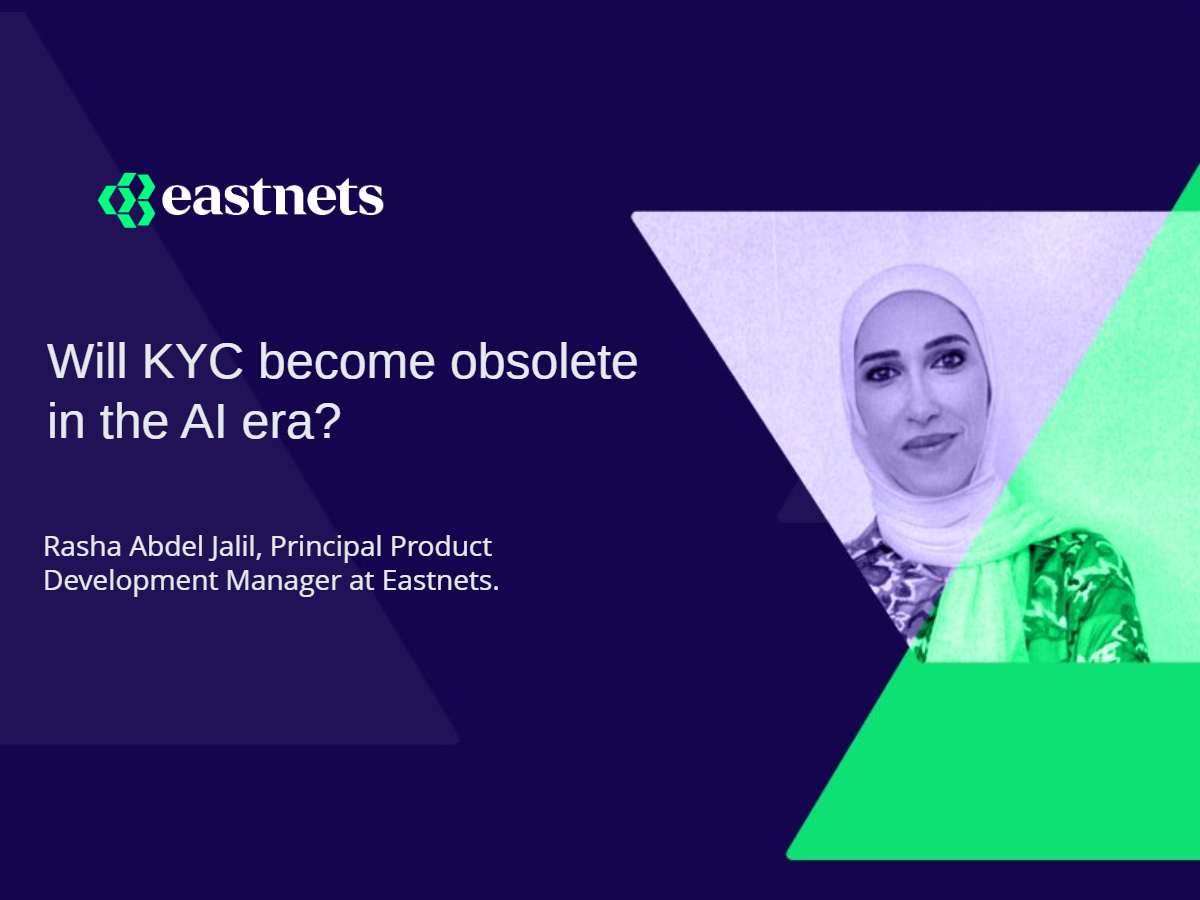Increased technology in the insurance space has opened up more doors for criminals – but behind each door lies a complex web of illegal activities mixed with social engineering, identity theft and other nefarious activities, Zebdeh says.
Technology can also be the answer to the industry’s money laundering challenges, he says.
“Fraudsters are experts at finding novel ways to launder money, from crypto assets to online auctions, with their claws firmly dug into the insurance industry too,” Zebdeh tells InsurTech Digital. “In fact, the PwC Global Economic Crime Survey 2022 found that two-thirds of insurers experienced fraud or financial crime in the previous year.
“For these opportunistic criminals, as soon as one door closes, they find a new way in. People with malicious intent just need to know where to look to find new mechanisms to enable crime.”
Four money laundering trends in insurance
According to Zebdeh, there are four money laundering trends to be careful about:
Online insurance platforms
The Covid-19 pandemic drove insurance online, along with its financial sector counterparts. The 2022 Interpol Global Crime Trend Report stated, “Money laundering ranked second among the crime trends most frequently indicated by member countries in the region as posing a ‘high’ or ‘very high’ threat.”
A recent survey by Attestiv into insurance claim fraud and AI-enabled media generation found that over 80 per cent of insurers were concerned about tampered digital media being used for insurance transactions. The use of fraudulent synthetic and AI-developed identities will continue to enable money launderers to operate under the radar.
DLT, blockchain, and insurance
A 2002 IAIS (International Association of Insurance Supervisors) report into fintech developments in insurance identified several pros and cons when applying Distributed Ledger Technology and blockchain to insurtech. The IAIS warns that these technologies could advance money laundering activities.
Insurance product fraud and money laundering
Products make prizes in the world of the money launderer. Fraudsters look for certain types of life insurance and other high value insurance products to move dirty money and clean it up.
For example, fraudsters ‘invest’ in cash redeemable policies, using illicit funds to pay the insurance policy premiums, before surrendering the policy for a cash payment, providing them with clean money.
Intermediaries and money laundering
While FinCEN regulations place anti-money laundering (AML) requirements and suspicious activity report (SAR) obligations on insurance companies, these regulations apply only to insurance companies, not to intermediaries such as brokers and agents. However, an insurer is responsible for an AML compliance programme’s overall effectiveness, so intermediary activities must be considered.
If an insurance company does not manage its supply chain, this extended business associate network could seriously threaten the industry. As a result, supply chain-enabled money laundering through intermediaries is a likely trend in the sector.
Learn more about Eastnets Connect & Comply






